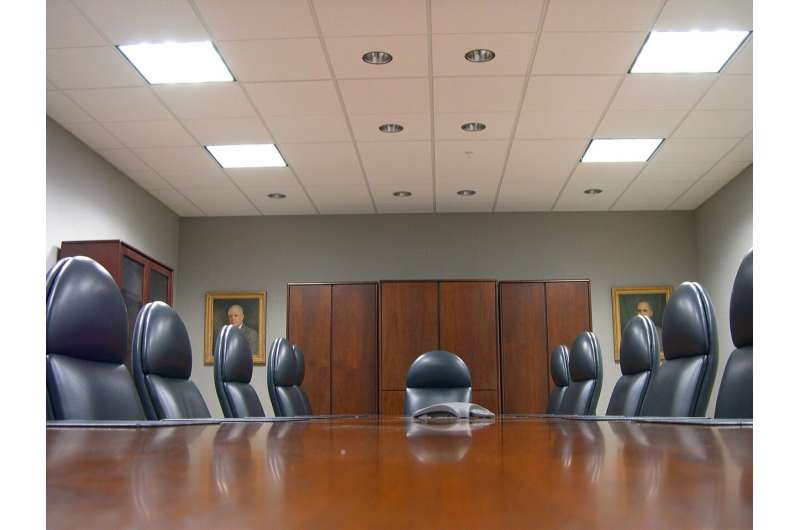The loneliness of the CEOs hired from outside

A third of the new CEOs are hired outside the company despite the fact that on average their performance is lower than those who reach the top by internal promotion. A study shows that the reasons are to be found in the misalignment between the backgrounds and organizational characteristics of the company.
Appointments of outside CEOs pose a paradox. A third of all CEOs are hired from outside, often with the idea of transforming the company. Yet, on average, these outsiders underperform relative to inside CEOs that have been promoted from within and company. A study with Thomas Keil (University of Zurich) and Stevo Pavićević (Frankfurt School of Finance and Management) sought to uncover when and why outside CEOs underperform. Our analysis of 1,275 CEO appointments in publicly listed US companies during 2001–2014 reveals that, contrary to received wisdom, neither the length of the new CEOs' experience in executive positions nor the breadth of their experience across different companies explain the performance differences.
Rather, our analysis suggests that it is the fit of the corporate backgrounds of the hired CEOs and the organizational characteristics of the hiring companies, such as their industry focus, size and life-cycle stage, that drives performance. We found that post-succession company performance declines with a misfit between the CEO's corporate background and the company's organizational characteristics. Misfit makes it challenging for the CEO to grasp organizational problems, and so the CEO tends to pursue unsuitable courses of action that may have worked well in previous posts, but are ineffective in the new position. This was apparent in the case of William D. Perez who was brought in to lead Nike after spending a long career at S.C. Johnson, a privately held family company that produces household cleaning supplies. Nike's chairman commented that Perez "could not make the transition from the household products industry to head the world's largest athletic-shoe company… It was too much of a difference in industries, too much a difference in companies, too much a difference in brands and too much a difference in culture." Outside CEOs suffer more from misfit because their initial lack of familiarity and social embeddedness reinforce their disadvantage compared to inside CEOs who can more quickly adapt to the new responsibilities in a familiar setting.
Most importantly, we found that the main explanation for the underperformance of outside CEOs has little to do with their qualifications or background. Instead, it can be ascribed to negative sentiment that is rooted in a socio-cognitive bias of the company's stakeholders, such as board members, employees, business partners, analysts, and the media. Our content analysis of press items as well as the analysis of employees' ratings, analysts' recommendations, and executives' stock selling around the time of CEO appointment suggests that these stakeholders scrutinize the CEO, may withdraw their support and actively resist the CEO's decisions, which can damage the company's reputation and undermine its performance. Whereas inside CEOs can leverage their organizational familiarity and social embeddedness in the company to fend off or at least manage the consequences of this negative sentiment, outside CEOs face greater challenges.
For example, following Perez's appointment, "Wall Street was surprised by the choice since Perez… [who] was viewed as something of a gamble." Nike's managers refused to accept Perez's leadership, and employees resisted Perez's attempts to change Nike's strategy, as analyst John Shanley reflected: "Perez was a rare outsider in the Nike house and had a different idea about how to move shoes." Resistance to Perez also transpired among Nike's executives. As Jeffrey Sonnenfeld revealed: "Anything he was asking, anything he was looking at, was upsetting the two co-presidents." Nike's board also distanced itself from Perez, as Knight noted: "…the board decided that the company could be better managed with a [CEO] who has…credibility among employees, customers and consumers."
While outside appointments pose unique challenges, we conclude that appointing outside CEOs can pay off when their background fits the company's characteristics, and the hiring board takes actions to manage potential negative sentiment by stakeholders. This requires adaptation of established onboarding practices.
Provided by Bocconi University



















